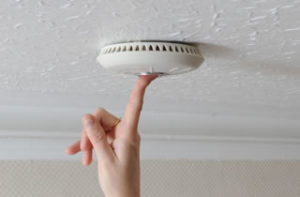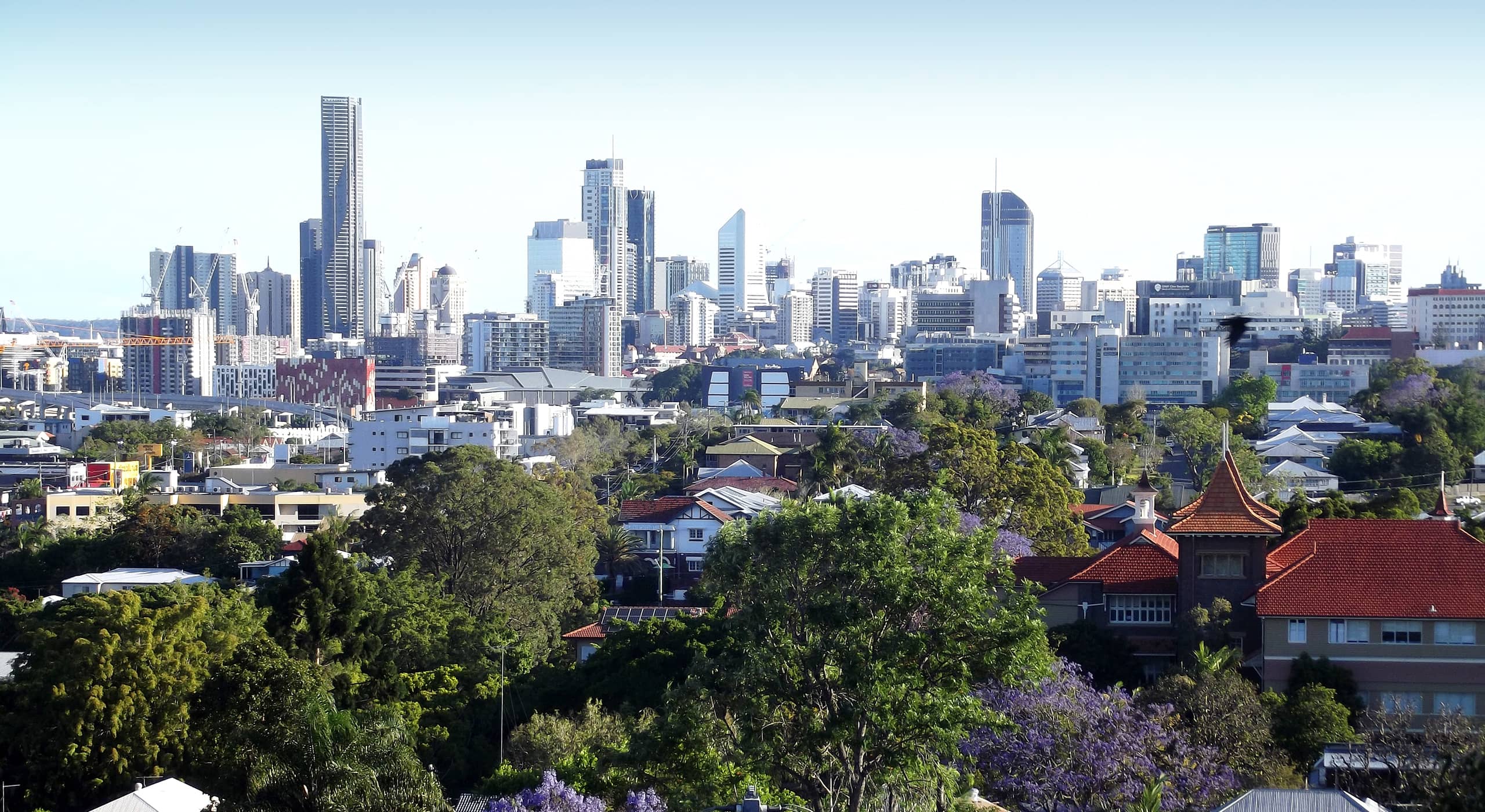The Queensland Government has introduced new Smoke Alarm Regulations as of 1st January 2017. We’ve all heard the campaigns about how “Working Smoke Alarms Save Lives” so ensuring your home and/or investment property meets the latest regulations really could save someone’s life.
When we are asleep, our sense of smell also sleeps. If a fire starts, toxic fumes can overcome a person. A smoke alarm is your electronic nose. It will alert occupants if there is smoke from a fire. A small fire can grow to involve an entire room in 2-3 minutes. A smoke alarm provides early warning and time to escape.
If you don’t have a working smoke alarm installed in your home, and a fire occurs then you are:
- – 57% more likely to suffer property loss and damage
- – 26% more likely to suffer serious injuries
- – Four times more likely to die
Since 1 January 2017, new legislation has specified the type of, the positioning of, and the interconnection of smoke alarms for Queensland homes. All these are critical factors for an early warning and quick escape during a house fire. We’ve prepared a few Need-To-Know aspects of the new smoke alarm regulations for you. But be sure to jump onto the Queensland Government’s Fire and Emergency Services site to complete a thorough assessment for your household.
4 Things You Must Know About The New Smoke Alarm Regulations For Existing Dwellings in Queensland :
-
1.They must be of a photoelectric type which complies with Australian Standard.
-
2.Existing smoke alarms manufactured more than ten years ago must be replaced. (Note: Smoke alarms should have the date of manufacture stamped on them.)
-
3.Smoke alarms that do not operate when tested must be replaced immediately.
-
4.Existing hardwired smoke alarms that need replacement must be replaced with a hardwired smoke alarm.
If a smoke alarm which is hardwired to the domestic power supply needs replacement, it must be replaced with a hardwired photoelectric smoke alarm.
New Smoke Alarm Regulations for Dwellings being sold, leased or an existing lease is renewed
- 1.Existing landlord’s and tenant’s obligations regarding the installation and testing of smoke alarms continue.
- 2.Existing smoke alarms manufactured more than 10 years ago must be replaced with photoelectric smoke alarms. These photoelectric smoke alarms must comply with Australian Standards. (Note: the date should be stamped on the back)
- 3.Smoke alarms that do not operate when tested must be replaced immediately.
- 4.Existing hardwired smoke alarms that need replacement, must be replaced with a hardwired photoelectric smoke alarm.
- 5.Property sellers must continue to lodge a Form 24 with the Queensland Land Registry Office stating the requirements of the smoke alarm legislation have been met.
Where Should I Install The Smoke Alarms in Each Room?
Where practicable smoke alarms must be placed on the ceiling. There are special requirements for stairways, sloping ceilings, and ceilings with exposed beams. Specific requirements will be explained in the Building Fire Safety Regulation 2008.
Smoke alarms must not be placed within:
-
1. 300mm of a corner of a ceiling and a wall;
-
2. 400mm of an air-conditioning vent;
-
3. 300mm of a light fitting;
-
4. 400mm or the blades of a ceiling fan.
Every dwelling is different so you will need to assess yours. Avoid installatio in dead air space. This is an area in which trapped hot air will prevent smoke from reaching the alarm. This space generally occurs at the apex of ceilings and between exposed floor joists. Also avoiding installing near windows, doors, fans or air-conditioners. Excessive air movement may prevent smoke and gases from reaching the smoke alarm or cause nuisance alarms.
To ensure your home is as safe as it could be, visiting the Queensland Government’s Escape Advice site. Here you can assess what your escape plan should be for you & your family in the case of an emergency. For further tips on how your can safeguard your home from fire, see this article about How To Ensure Fire Safety In Your Home.
These new smoke alarm regulations are crucial as they could one day save a life.


